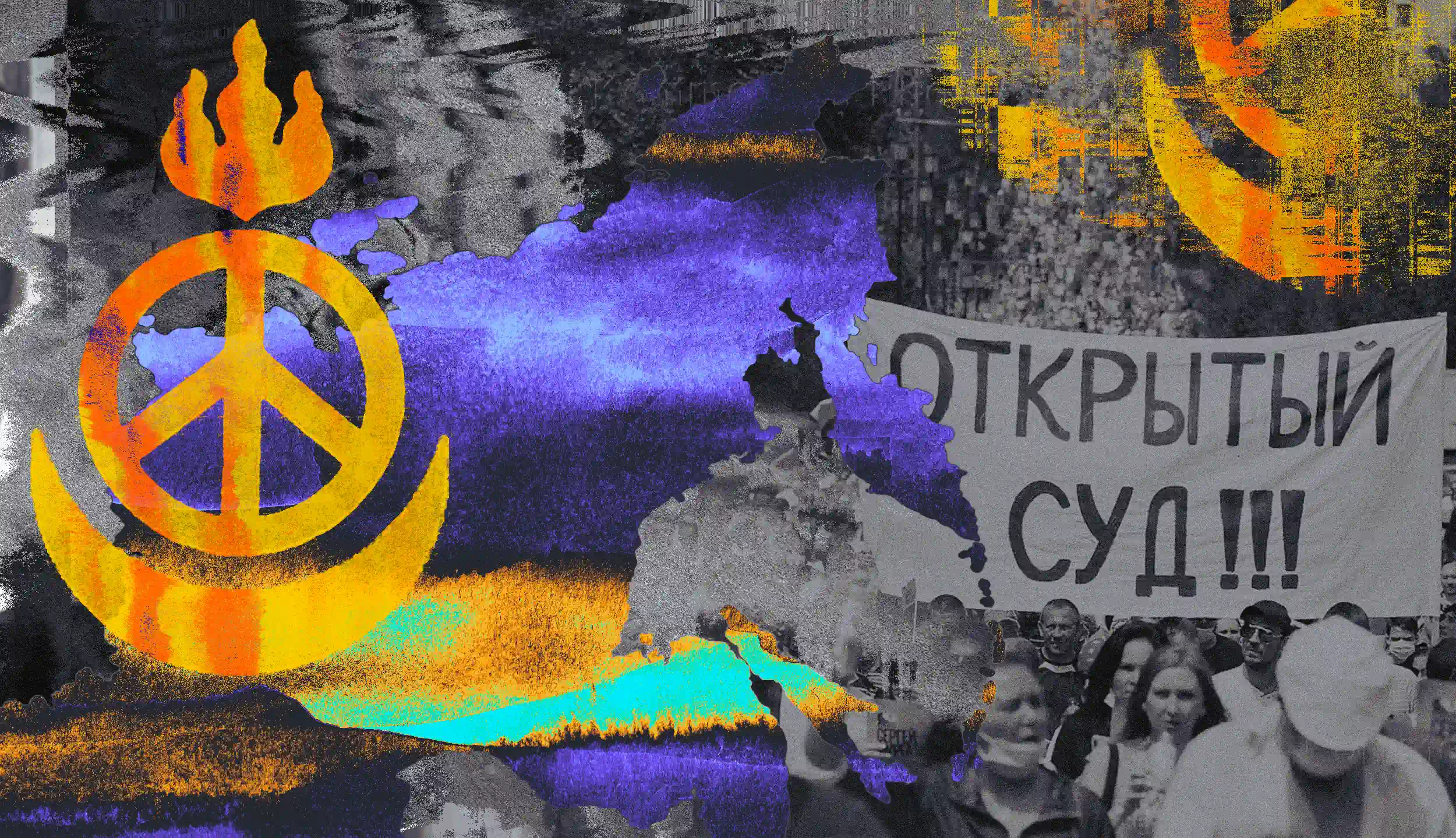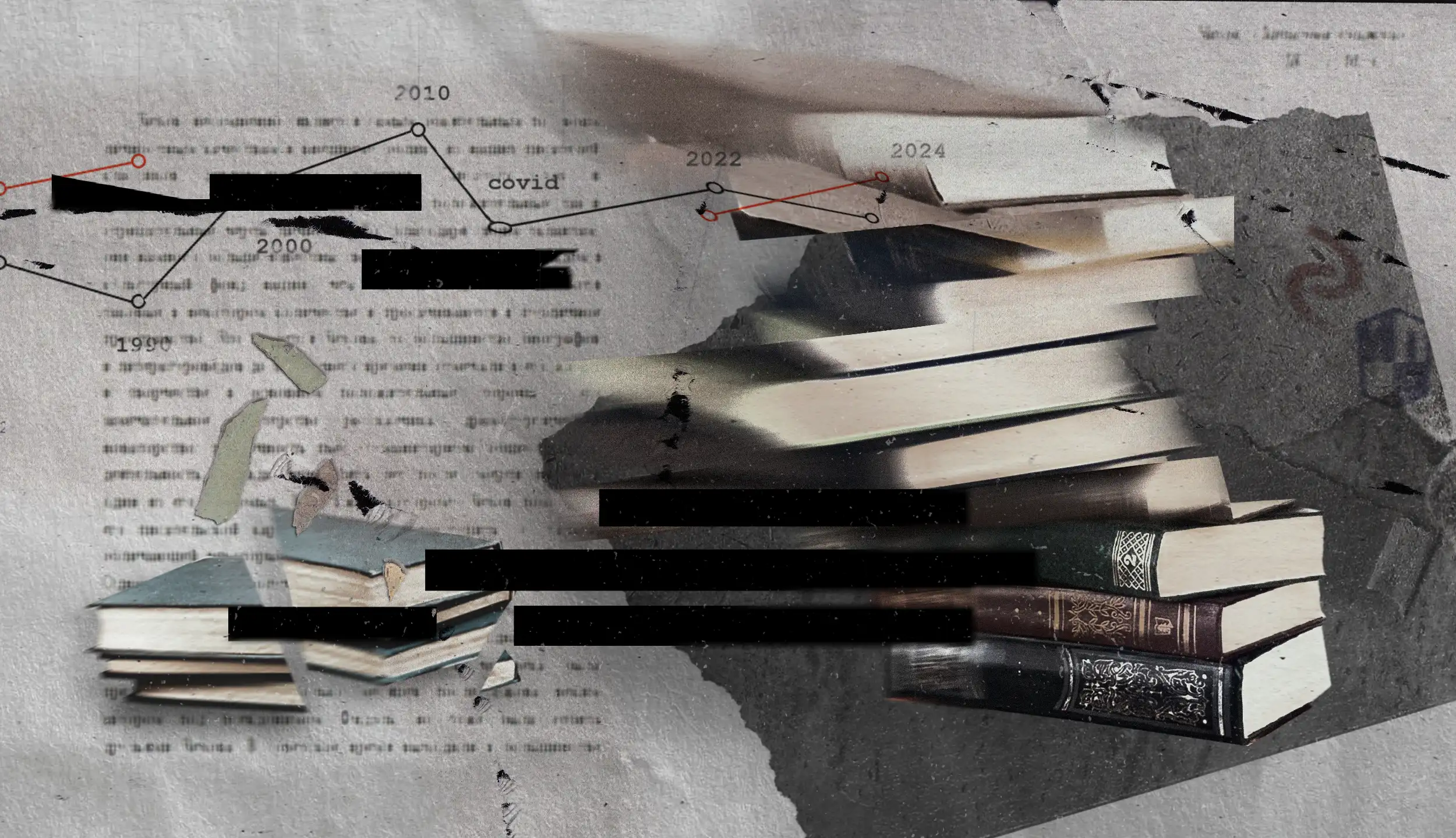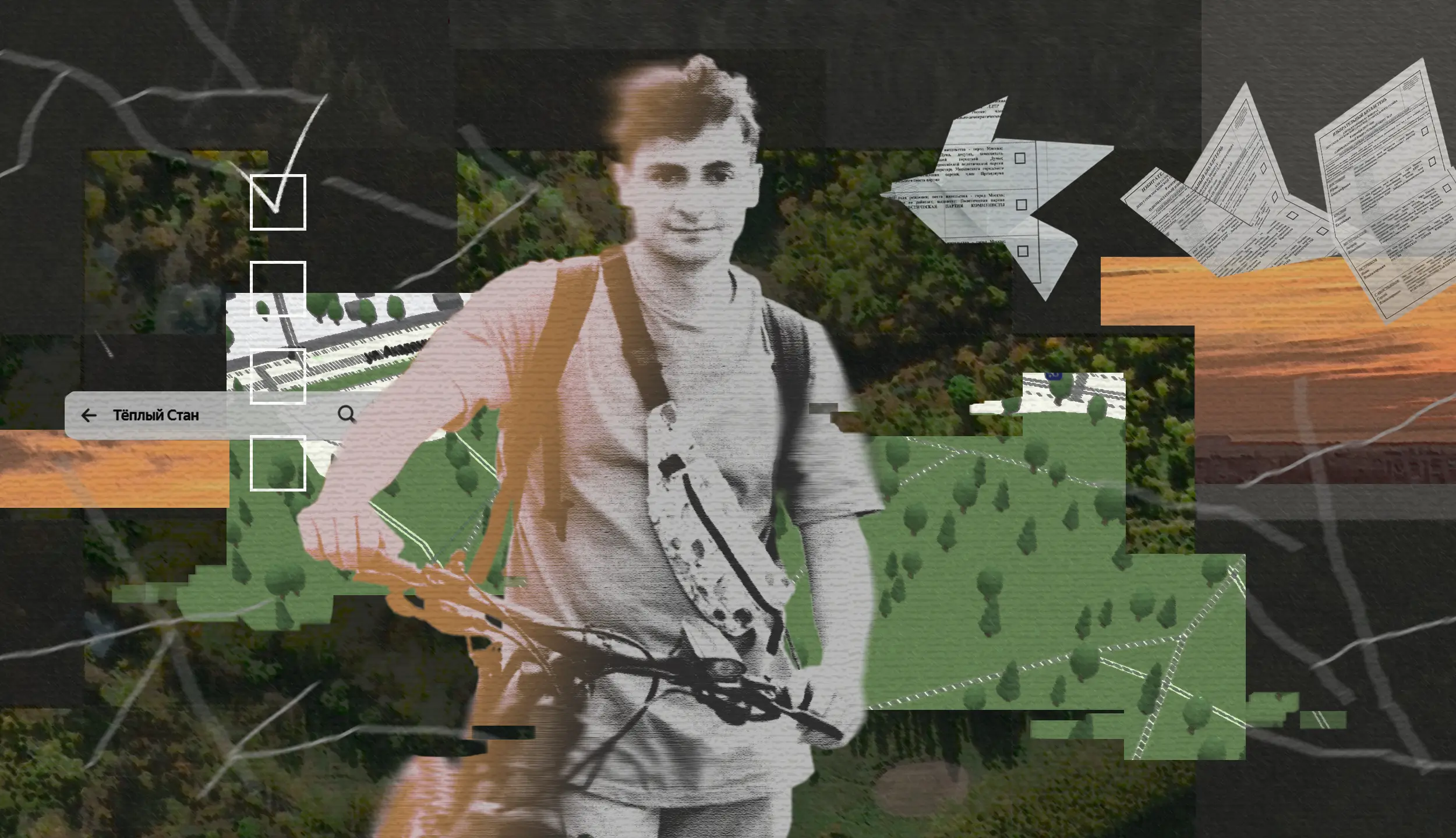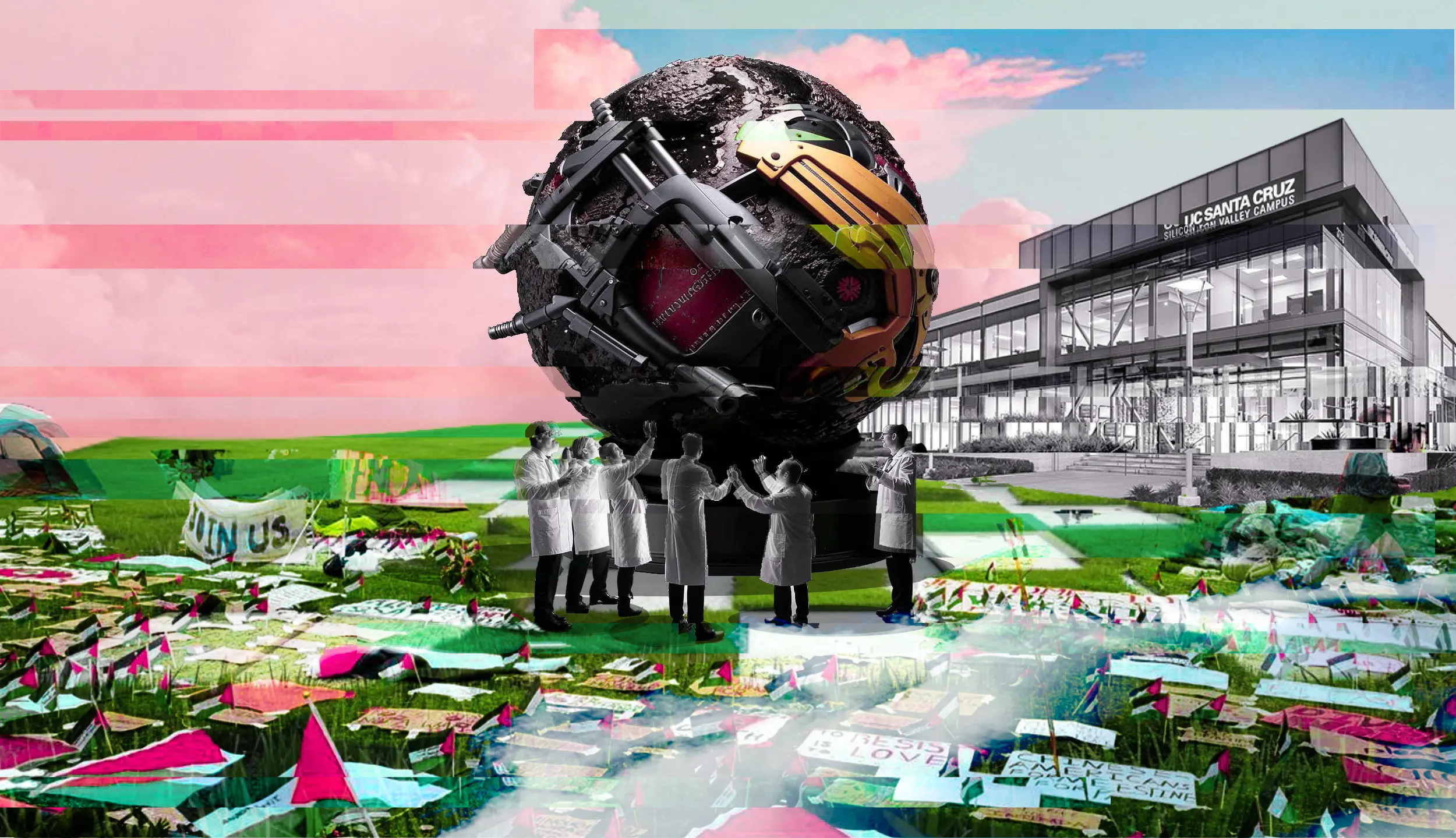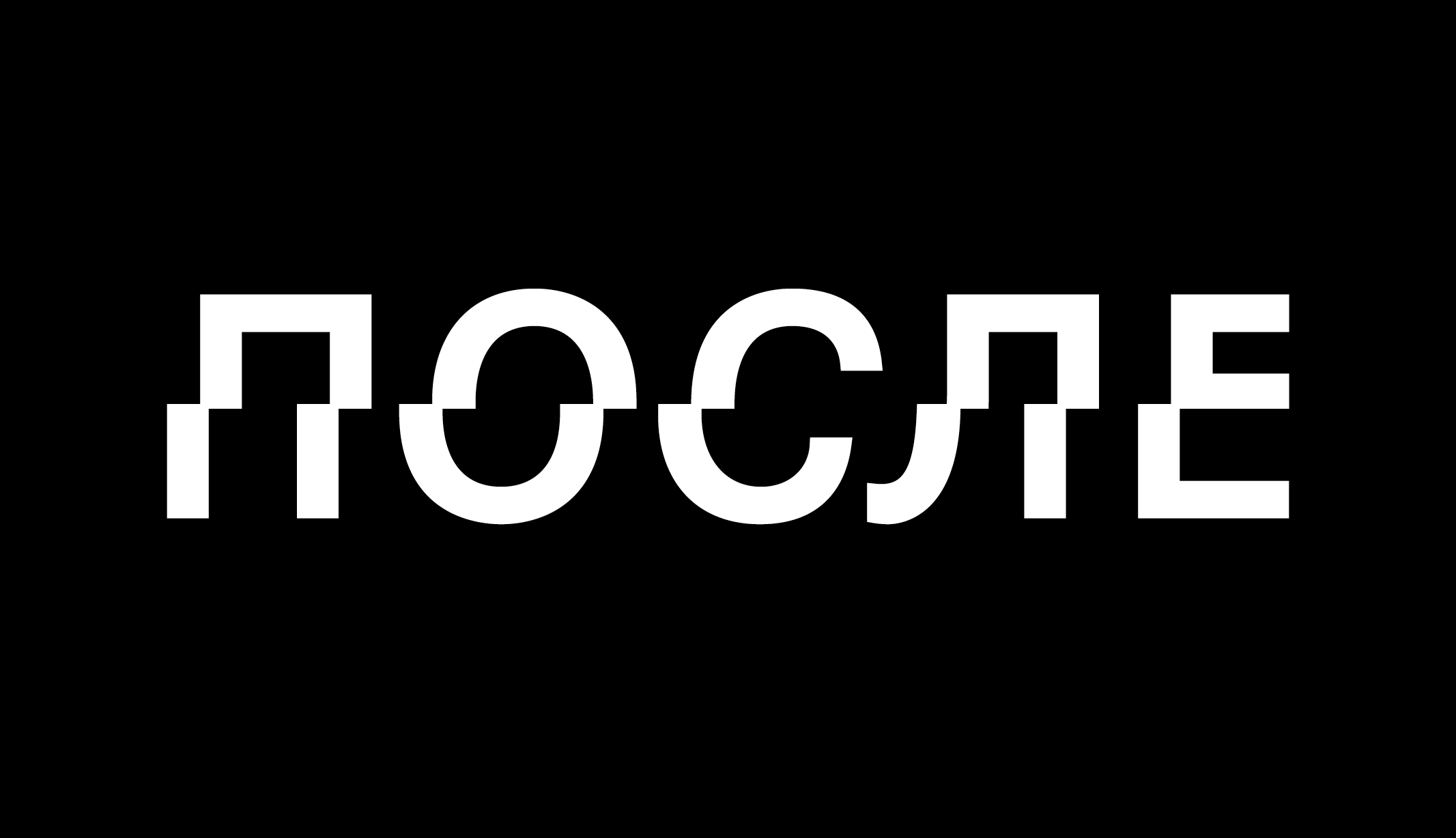When speaking of the decolonization of Russia, it is often assumed that the “minor” peoples have already been given the understanding that they do not belong to the Great Russian culture, which is nothing more than an unavoidable context. Meanwhile, the problems of infrastructure, poverty, and the population’s debt burden, which create the grounds for recruiting into the army (as mentioned, for example, by Buryat activist Victoria Maladaeva), apply equally to the republics and to the remote “Russian” oblasts. National identity, understood as perceived distinct similarities between members of a given group, does not necessarily require a separate ethnicity or phenotype, but can be constructed around any “imaginary” (according to Benedict Anderson) attribute. Therefore, without questioning the importance and particularity of the problems of indigenous peoples of the Far East, I would like to draw attention below to the fact that many of the problems raised in this regard relate not only to the national republics of the Russian Federation, but also to the regions that are considered “Russian,” primarily the regions and territories of the Russian Far East (1).
The so-called Russian Far East
I will try to delineate the attitude of “Russian” residents of the Far Eastern region. Let’s assume that we who live in the Russian Far East really define ourselves as “Russians.” Then it turns out that our typically Russian nature is long birches and wide fields as far as the eye can see, our typically Russian poetry is Yesenin’s poems about those birches, our typically Russian painting is landscapes with those birches, our typically Russian architecture is Russian architecture and the Orthodox church, and the typical, truly Russian city is the city built around that church. This is what we learn in schools as our culture.
From Moscow, you can hardly see what the problem is here. But there is a problem, and it consists of the fact that all this does not match the actual state of affairs. Nowhere in the Far East is there this fauna, this climate, and the local cities have not been formed around churches for hundreds of years; you will only find objects of Russian architecture here as an exception. Russian history, which we have to call ours, occurred in places very far away from us, where only some of us will visit on vacation. This other being defines another consciousness. A person in Suzdal, coming out of school, almost literally breathes this air. A “Russian” resident of the “Russian” Far East, understanding such Russian culture—something lying 7,000 km away—as her own, cannot quite feel herself either as part of that culture or part of that place. From childhood, everyone here internalizes that real life has happened and is happening there. We are called “Far Easterners”— those who live far from Moscow.
Russian nationalists also lament the insufficiency of Great Russian propaganda in the Far East:
“Someone will say that they opened a park in Vladivostok called ‘Russia — My History’… But you can open ten parks and still install statues of Buddhas and open McDonald’s and KFCs, which carry a much more powerful ideological charge than the rather boring ‘Russia — My History’ pavilions. It is possible to hold ‘tiger days’ and support, at the state level, blatant enemies who pose great threats to Russia in the Far East.” (italics mine)
“Even that is completely ignored: a considerable part of the toponyms in Primorye and Priamurye are of Orthodox origin…even in Soviet times there was no doubt about the state-forming, civilizational and cultural role of the Russian people in the Far East.”
There is a “Russian People’s Line,” whose supporters from the city of Ussuriysk have succeeded in their denouncement to such an extent that they have even attacked Vasily Avchenko, a quite patriotic writer and exoticist of the region, and the “Pacific Russia” discussion club, an absolutely pocket-sized patriotic project run by the Russian Union of Journalists on the premises of the Presidium of the Russian Academy of Sciences in the Far East (2). The authors are right—indeed, you can open as many patriotic parks as you like and to no avail. But the biased thinking of these Russian nationalists makes them hope that the effect can still be achieved if the Great Russian culture in the Far East has no competitors in the form of Buddhas and fast food. That the competitor of this Moscow propaganda is life itself, the very everyday existence of people, they cannot see.
Meanwhile, the so-called “Far East” of Russia has its own unique culture. It’s not only the Russian-speaking culture, emerging solely with the beginning of Russian colonization of these lands, but, first and foremost, the ancient civilizations, which are much older than Kievan Rus. Therefore, it is especially strange to listen to residents of Primorye or the Khabarovsk Krai who support the return of “native Russian” lands in Ukraine. All of this is ignored in school curriculum. It had its own revolution, its own history of the Civil War, its own history of the formation of Soviet power. The quintessential Far Eastern subjectivity for many here is the phenomenon of the Far Eastern Republic of 1920-1922. They try not to talk about it in schools, but everyone remembers it. Regardless of who takes which side about certain moments in history, shifting the geographical emphasis would clearly reduce the degree of alienation, increase the “fund” of motivation to stay in one’s native land, and increase the degree of solidarity among all residents of the Far East, regardless of nationality.
“Russians” in the Far Eastern Regions
Above I said “let’s assume” because “Russians” in this context is a factitious notion. In reality, there are many Ukrainians living in the Russian Far East. According to the 2010 census, a total of 2.28% of Ukrainians, or more precisely, those who call themselves Ukrainians, lived in the Primorsky and Khabarovsk Krais, as well as in the Amur and Sakhalin Oblasts. And in this light, official statistics reveal their inadequacy, because the Ukrainian “element” is being squeezed out of Far Eastern culture both by the intentional actions of the authorities and by the overall background: the spirit of Great Russian chauvinism. For comparison, in 1989 in the same regions Ukrainians were 7.1%, in 1959—10%. The 2021 census showed an even more catastrophic decrease in the number of Ukrainians. For example, in Khabarovsk Krai — from 26 thousand in 2010 to 7 thousand in 2021.
In order to have a true understanding of the number of Ukrainians in the Far East, it is enough to turn to history and see how masses of Ukrainians came to the Far East from all over Ukraine. Before the Revolution its was mainly migration of peasants, and after 1917 and during World War II Ukrainian workers also settled in the Far East. Toponyms preserve the memory of it. Primorsky Krai has its own Livadiya; there is a village called Chernigovka, founded by Ukrainians from Chernihiv; the village called Boguslavka, in honor of the city of Boguslavets; there is Kyevka, Chuguevka, Slavyanka, Khorol, etc. In 1923, the ratio of Ukrainians to Russians was 31% to 39% in the entire Far East. The quintessential Far Eastern Ukrainian subject is the political entity that emerged after the February Revolution, the All-Ukrainian Congress of Zelenyi Klyn (Green Ukraine).
In 2014, Evgeniya Kulgina wrote about the Ukrainian community “Krinitsya” in Khabarovsk Krai with its choir and the center of Ukrainian culture called “Gorlytsia” in Vladivostok. Until 2014, I remember all different kinds of cultural events: in schools, children learned how certain settlements and their names arose, and in general, the topic of Ukrainian resettlement was familiar to everyone. Since 2014 this is no longer the case: the methodical squeezing out of Ukrainian culture has begun. In the same year in Khabarovsk readings were held in honor of the bicentennial of Taras Shevchenko and a press conference of the organizers was suddenly canceled without any explanation. In 2015, the director of the “Batkivska Krynitsya” choir was fired after she took a trip to Kyiv, and the festival of Ukrainian culture, “Schedry Veche,” which “Gorlytsia” still holds in Vladivostok, is no longer held as a Ukrainian festival but as a kind of “Christmas festival” in which children listen to about Russian Orthodox traditions. If you add to this the slop that federal propaganda pours on Ukraine and the Ukrainian identity, and the resurgence of garden-variety Ukrainophobia, such a small percentage of Ukrainians in the Far Eastern population is no surpise. I have acquaintances who have clear Ukrainian roots or were even born in Ukraine, but call themselves Russians.
There is another large group of immigrants — Koreans, or so-called “Russian Koreans.” Their main locations are Primorye and Sakhalin. According to official data in 2010, even on Sakhalin there were only 5% of them. However, if you find yourself on the island, this figure will seem strange to you: you will see Koreans literally everywhere. There is a Center for Korean Culture in Yuzhno-Sakhalinsk, and it is the only institution I know of. Despite the fact that Koreans have a clear phenotypic difference, the same can be applied to them as stated above about Ukrainians. Imagine that as a Russian you were born somewhere in the depths of China, let’s assume in Xining, and there are quite enough Russians like you there that you constantly meet people who look like you on the street. All of you from your childhood go to Chinese schools, where you learn Chinese history and traditions; you have never been to Russia, you don’t know the language, and you don’t even need it. What are you most likely to call yourself if asked? In Russia, this situation is exacerbated by the fact that propaganda presents Russianness not as a nationality, but as a supra-nationality: “Russian is not a nationality, but a state of mind.” Russian Koreans as a phenotype and as a cultural identity exist in significant volume, which is the basis for the emergence of a political identity(3).
Political articulation of the problem
Speaking of how cultural non-representation leads to political dissociation, I will limit myself to one example that is best known to everyone in Russia: the 2020 rallies in Khabarovsk Krai over the arrest of Governor Sergei Furgal, which had spread a bit to Vladivostok. It is not worth thinking that people grieved over a system official from a puppet party and were sure of his innocence. Whether or not Furgal was substantively accused didn’t really matter. The discontent had been building up for many years. As a result of the demarcation of the Russian-Chinese border under Putin, the dacha plots of Khabarovsk residents ended up in China with 337 square kilometers gone. China also received a 50-year lease on 3.5 million hectares of land with rights to conduct agricultural activities and deforestation. The latter is a particularly sore point. Perhaps Sakhalin residents do not feel as sorry for their gas as the Primorsky and Khabarovsk residents do for their forests [Note: Oil and gas development projects Sakhalin-1 and Sakhalin-2 still implemented with the participation of foreign capital have been criticized for harming the environment]. Mass deforestation has long been affecting the climate; winds and waterlogging of areas that never existed before have appeared.
A similar story to Furgal’s happened before with Governor Khoroshavin of Sakhalin and was being prepared for Governor Daryakin of Primorye; the fate of every mayor of Vladivostok ends similarly. Thus, environmental and economic problems are compounded by a general misunderstanding of these ostentatious trials—they may be criminals, but why are they being tried on the other side of the earth? And why is it on the same side of the earth that the beneficiaries of the profits from fish and timber sales are? And why, at the request of one Putin lackey, can someone just reassign the center of the FEFD? Against this backdrop, it’s clear that Furgal simply became a release trigger.
The case of Kamchatka LGBT activist Dmitry Samoilenko is also noteworthy. In 2016, he and his colleagues published a booklet titled “Traditional Sexual Behaviors among Indigenous Peoples of the North,” where they showed how homosexuality and transgenderism were developed among Kamchadars based on data from Russian colonists. They tried to hang a grave case of extremism on him for this: he “insulted” the indigenous population. The last I knew about Dimitri was that he was collecting help to pay fines for anti-war activism.
Regarding the problem of disproportionate power between the Center and the regions, which is relevant not only for the Far East, much can be understood if we look at it through the prism of differentiation between the public and the private. Today, the “federation” in Russia has effectively been abolished. In this Russia, only what happens in Moscow or between Moscow and the regions is public. What happens inside the region remains in the private sphere. Today in the Russian Federation, a region is not a subject of the federation, but a fiefdom handed down by the tsar (Moscow) to a voivode (governor). The main task of the latter is to constantly demonstrate to the center that he is the only authority in the entrusted territory and controls everything, therefore, is able to guarantee loyalty (4). The real conditions for the reproduction of state power in a subject of the federation thus lie not in the subject itself, but in Moscow, and boil down to sending the right numbers to the Center, sprucing up the necessary avenues before a visit from the prime minister or president, and demonstrating the loyalty of the population.
So, Moscow is public, the region is private. Protests in the regional center are the governor’s private problem. As something public, they are perceived only if they fall into the focus of the central media, but again, only because in this case they touch on the relationship between the authorities of the region and the central government. Therefore, it makes no sense for the residents of the Russian “periphery” to come out to their authorities with demands, for example, passing a law on domestic violence and repealing discriminatory laws against LGBT+ people, while in Moscow and St. Petersburg sufficiently strong protests could at least hypothetically change this situation even in the absence of activity in the rest of the country. On the other hand, no matter how big such a protest might turn out to be, the authorities’ last argument against progressive demands will refer to the regional loyalty and “traditional” culture of Southern Russia and the North Caucasus. And in turn, the lack of LGBT+, fem-, and other activism in these regions is a (private) concern of the local authorities (“no gays in Chechnya”).
Asia-Pacific States
As a rule, those who speculate about this problem limit themselves to rather “neat” conclusions. For example, the already mentioned Victoria Maladayeva, in an interview with Beda.Media, speaks of a “real federation.” Remaining in solidarity with Victoria, I want to go further and say: no “real federation” with Moscow is possible. Our history has repeatedly shown that the compromising solutions of such contradictions ultimately end in the victory of “that true Russian man, the great Russian chauvinist, in essence a scoundrel and rapist, which is a typical Russian bureaucrat,” deteriorating into the domination of the Russian-European culture as a universal one. Its spirit was laid down by Ivan III; its methods of government were taken from the “school of Mongol slavery.” This universal chauvinist culture will continue to mask the resource exploitation of the country’s outskirts. Therefore, the solution to this problem can lie only in the political plane. The elimination of imperial consciousness is possible only through the elimination of the empire itself. Only in this way can the outskirts cease to be the outskirts and the Far East cease to be the Far East. And this freedom will not only be for “Far Easterners,” but also for the residents of nominal Central Russia.
The simulacrum of the “Russian world” is based on the concept of a “land power,” a “great country.” This is where the solution lies. Political and economic autonomy is needed in the territory from the Sakha to the Pacific coast, with the ability to adopt their own laws on all issues, the nationalization of raw materials and major industrial sectors or their transfer to direct civil ownership, and a separate center for the issuing of money. The working names of this entity could be the Asia-Pacific States, or the Asia-Pacific Socialist States, or the Pacific Federal Republic. The languages of the national republics, along with Russian, Ukrainian, and Korean, should be taken as the languages of the state-bureaucracy in this territory. The relative homogeneity of the economic development of the regions of the Far East minimizes the likelihood of the future dominance of any one part of the region and the emergence of an analog of the “north-south” or “center-periphery” problem.
Along with this, the preservation of a single economic space with free movement of goods, services, capital, and labor based on the good neighborly relations between all parts of Russia are necessary throughout the country. Therefore, I also support the idea of the entry of such a new entity into an economic, military, and partly political union with other macro-entities of the Russian Federation — Siberia, the Urals, etc. If there is any place for the historical and economic “Russia” in the future, it can only be as such.
Taken together, these requirements can change the conditions for the reproduction of power in the regions, that is, they will allow regional residents, primarily the working class and small businesses, to come closer to managing their own resources and the conditions of their production and existence without severing economic ties or reducing labor productivity.
- This text was my outline of a personal discussion of the issue raised here with some philosophers, workers, professors, historians, students, cultural institution workers, school teachers, and activists from various regions of the Far Eastern Federal District.
- If anyone has two hours of free time, for an understanding of the situation, I suggest watching an utterly cringe-worthy round table of this club, “The National Idea: Between Past and Future.”
- In the context of everything stated above, I see a special symbolism in Vitaly Kim, the head of the administration of the Mykolayiv Oblast of Ukraine, who is of Korean descent.
- The so-called khozyaistvennik, or a can-do manager, is still the Soviet concept of an apolitical administrator who ensures the achievement of “key” indicators of economic growth in the territory entrusted to him. In his activities, the “a can-do manager” can resort to any means of violence and coercion, as long as these facts do not surface in the public arena. It was the Soviet khozyaistvennik who transformed into the “statesman” of a post-Soviet Russia.

